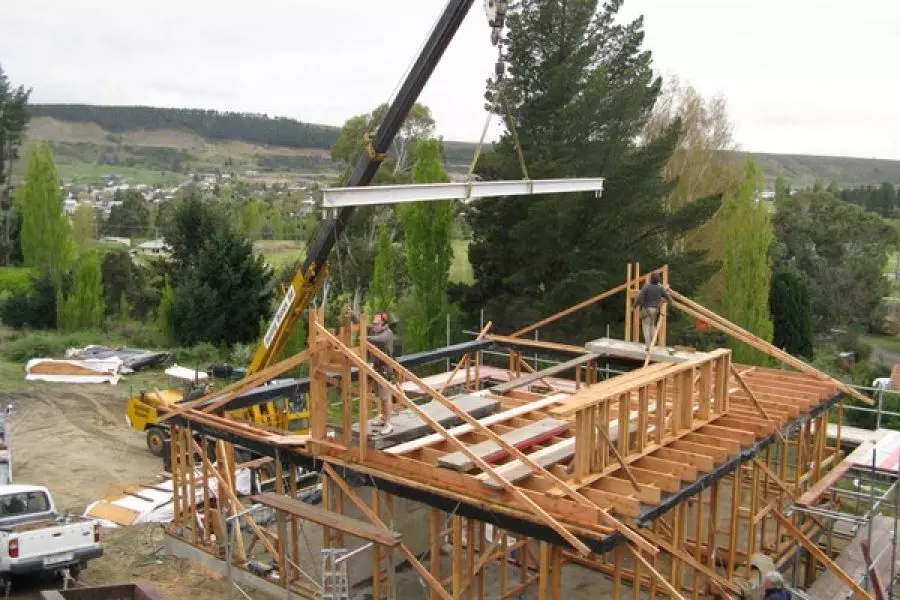News
Consents dip adds to supply worries

Tuesday 30th of August 2016
The latest Statistic New Zealand data shows that, once seasonally adjusted, the number of new dwellings consented fell by 11% in July.
This partly reversed the 22% spike in consents in June.
In actual terms, 2,811 new dwellings were consented in July, which was a year-on-year drop of 0.5%.
But nine of the country’s 16 regions saw more consents issued in July 2016 tha...
Want to read the full article?
Click the button below to subscribe and will have unlimited access to full article and all other articles on the site.






![[The Wrap] Bye Bye Bayly](https://goodreturns.publit.io/file/c_fill,w_900,h_600/39f23ac1-f7c7-4854-b700-a150004ebbac.webp)


